We control or eradicate all pests from the crawling, flying, biting and stinging to the ones that cause major damage and most of all the ones that spread disease.
A list of common UK Pests and Vermin ( this section is being updated regularly to add more pests and their descriptions/photos)

Mice
(Mus domesticus) also known as the house mouse, Originated in Central Asia and first reported here in this country in the 9th Century. Brown to grey in colour, large ears, small eyes, a tail slightly less than its body length and an adult weighs 10-25g. The house mouse can have 5-8 litters per year with 4-8 young per litter. They reach sexual maturity at around 6-8 weeks with an average life span of 3-4 months. Likely signs of an infestation are chewed food items and soft furnishings, chewed packaging and of course droppings. The droppings of a house mouse are around 6mm long, 2-3mm across and cylindrical in appearance.
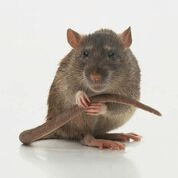
Rats
(Rattus norvegicus) also know as sewer rat, brown rat, street rat. Originated from Asia and China, first reported here in this country in the 18th Century. The colour can vary but they are usually brown to grey with a lighter underside. Small ears, small eyes with a blunt nose. They have a tail that is slightly shorter than the head and body combined and this is dark along the top and lighter on the underside. Rats average a litter of 6 to 8 but they can be larger in numbers depending on their environment and a stable food source and have been known to regularly have over 10 per litter. They average 3 to 6 litters per year with a gestation period of 19 to 21 days. These young rats will reach maturity at around 3 months and be able to breed, the average life span is only 12 months though. An adult rat can vary in weight but average at around 400-550 grams and they will feed on absolutely anything they can find. They will quite happily feed on human waste in the drainage system, anything left out in the garden like bird food or scraps of food from the table, snails, insects and the list goes on. Their droppings are cylindrical and usually have blunt ends, they will always contain hairs as rats spend so much time grooming. The droppings vary in size but an average is 16mm long and 6mm wide, they often have latrine sites but dropping can be scattered everywhere.
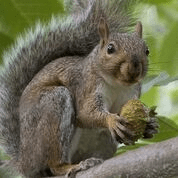
Grey Squirrel
(Sciurus carolinesis) North American grey squirrel. Originated from America, it was introduced to this country around 1870s to the 1920s. As the name suggests they are grey in colour, often with a mottled black fleck and sometimes a reddish flank with a white underbelly. They have small ear tufts with a tail of around 19-25 cm and have an average weight of 400-650 grams. Female grey squirrels can have 3 to 4 litters per year with an average of 2 to 3 young but they can have up to 8 in one litter, these young will reach maturity at 10 to 12 months with an average life span of 2 years. Grey squirrels are known for eating grain and nuts but do eat roots, fruits, flowers, insects and birds eggs, they eat around 40 to 80 grams per day and spend a lot of time making caches of nuts and cones in soil, flower pots and hollow trees. Grey squirrels only become a problem to homeowners when they gain access to roof voids, they cause major damage to pipes, timbers and most worryingly electric cables, this is all done by the need to constantly chew to wear down their teeth. Other problems caused by grey squirrels is the stripping of bark from trees, trees of all ages are targeted in May to July. The grey squirrel is blamed for the decline of our native species of our native species the Red Squirrel (Sciurus vulgaris) but this is not always the case, decline of habitat and food sources along with disease are sometime to blame. Our native red squirrel is highly protected.

Black garden Ant
(Lasius niger) also known as the common black ant.
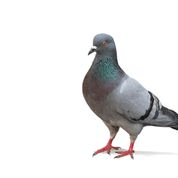
Feral Pigeon
(Columba livia) also known as street pigeons, city doves.
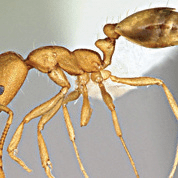
Pharaoh Ant
(Monomorium pharaonis)
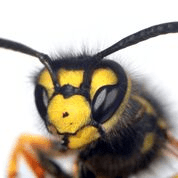
Wasps
(Vespula germanica) also known as German wasp, yellow jackets. (Vespula vulgaris) also known as common wasp.
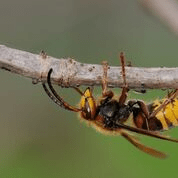
Hornet
(Vespa crabro) also known as European Hornet.
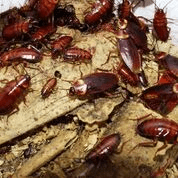
Cockroaches
(Blattella germanica) also kinown as German cockroach. (Blatta orientallis) also known as oriental cockroach. (Periplaneta americana) also known as American cockroach. (Peripleneta australasiae) also known as Australian cockroach. (supella longipalpa) also known as brown banded cockroach.
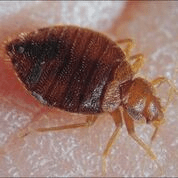
Bed bug
(Cimex lectularius)
Booklouse
(Psocoptera)
Carpet Beetle
(Anthrenus spp)
Silverfish
(Lepisma sachharina)
Mosquito
(Culicidae)